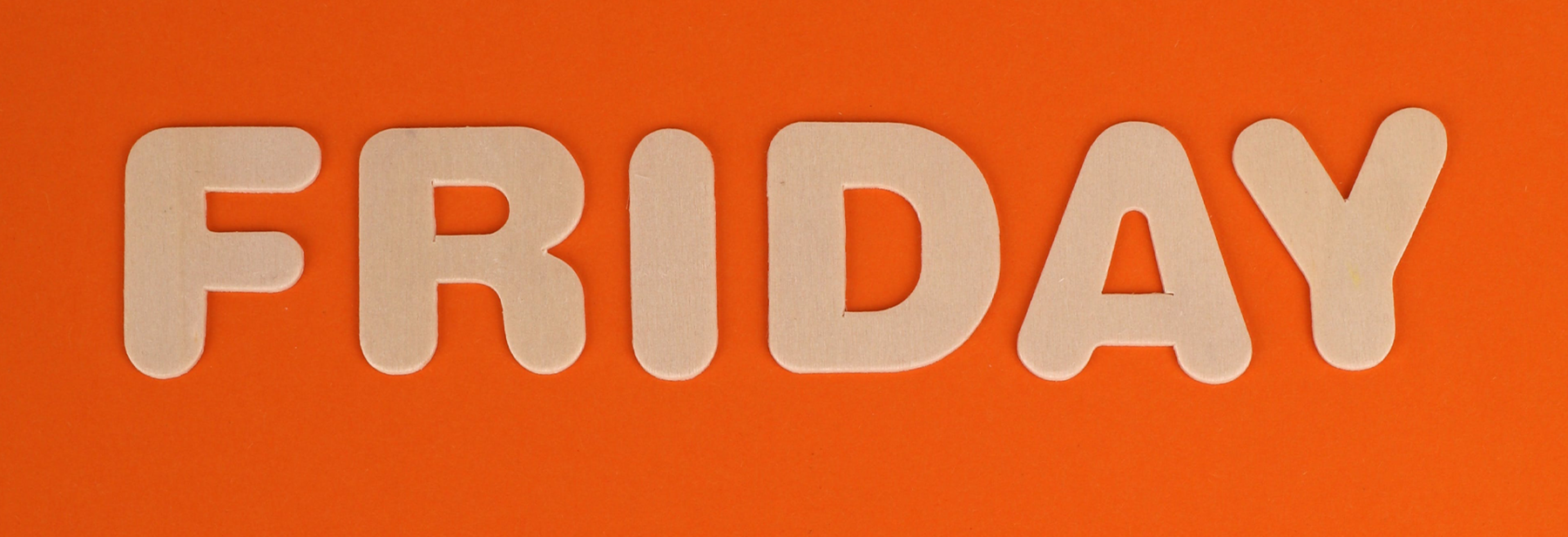
ServiceFriday: How Do Consumers Feel About Rebranding?
Over the years, certain well-known brand names have become synonymous with the product or service they deliver, such as Netflix, Kleenex, Q-Tips, and Scotch Tape. Consumers become attached and place feelings of loyalty to not only these products, but to the names. What happens to this loyalty and willingness to buy when a company chooses to change their brand name however? There can be many risks involved, so before rebranding, companies must determine how customer attitudes toward their service or product will change, and which factors will impact this change.
There are many reasons a business may choose to rebrand. These include: a change in ownership structure, such as mergers and acquisitions; a change in corporate strategy, such as internationalization or refocus; a change in competitive position, such as an outdated image or reputational problems; and a change in the external environment, such as a legal obligation or major crisis.
Any business may encounter one of these issues and feel the need to rebrand, but there is high risk involved with this. In the article, “Consumer Reaction to Service Rebranding,” these risks and potential means to avoid them are explored.
The brand name is the “cornerstone of brand identity.” When the name changes, existing consumers might fear that certain service characteristics, such as place atmosphere or contact employees that they formerly enjoyed, will no longer be the same. “A strong brand in the service industry increases customers׳ trust in the purchase, which enables them to visualize and understand the offer, and reduces the perceived monetary, social, or safety risk in buying.” When customers are faced with a new name, they may lose this trust in a service or product.
When rebranding, businesses tend to focus more on the process of implementing the new brand name, as opposed to the actual choice of the name. It is important to incorporate both strategies however, and to keep in mind the following variables when choosing a new name:
- Proximity between the new brand and service
- Difference in equity between the two brands
- Attachment to the initial brand
The studies conducted found that the closer a new brand name is to a product or service delivered, the more positive the change in service evaluation will be. They also found that the greater the equity, or familiarity with the new brand name and image compared to the initial brand name, the more positive the change in service evaluation will be.
The attachment to the initial brand proved to be a more difficult consideration to overcome however. Brand attachment can be defined as a “psychological variable that reflects a sustained and inalterable emotional relationship…with the brand and expresses a relationship of psychological closeness to it.” The results found that the greater the attachment to the initial brand, the more the service evaluation and intention to buy decline after its rebranding. Consumers’ acceptance of the rebranding significantly decreases when they are more attached to a brand name. This may be because consumers who are “emotionally connected to the initial brand resent its disappearance, regardless of the qualities of the new brand.”
Rebranding may cause consumers to feel disoriented and as if they must make an extra effort to adapt, so the evaluation of a service may decline after its rebranding.
To read the full article and more details on how to avoid a decline in service evaluation after rebranding, visit the Journal of Retailing and Consumer Services. (A fee may apply.)